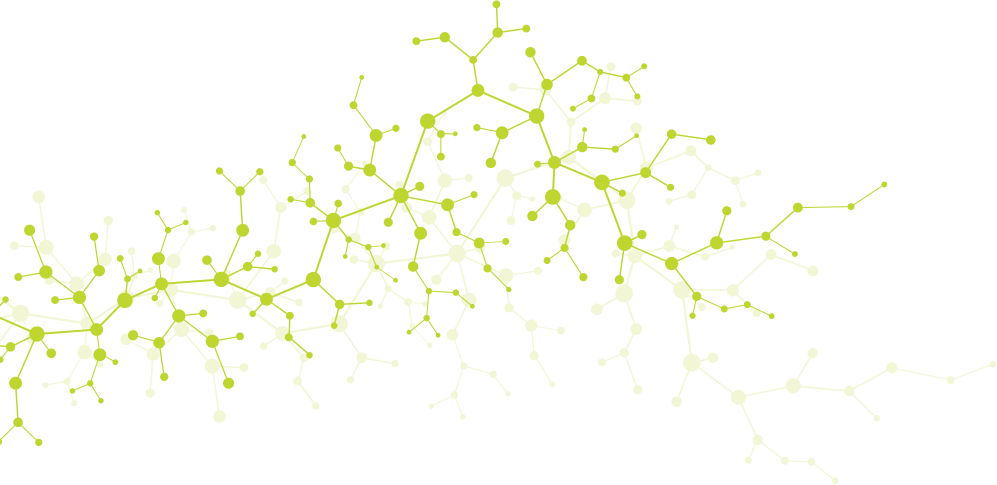Four reasons why eye contact can over stimulate the brain

If someone doesn’t look you in the eye during a conversation, they may come across as rude, aloof, or suspicious. Though avoiding eye contact can convey those things — or shyness — some people avoid eye contact simply to avoid short-circuiting their dysregulated neurology.
There are several reasons people avoid eye contact that have nothing to do with being arrogant or rude.
Eye contact avoidance and autism
For instance, avoiding eye contact is especially common in people on the autism spectrum disorder (ASD).
Researchers at Harvard Medical School discovered neurological reasons why eye contact is stressful for people with autism. Eye contact over stimulates the subcortical system, an area in the brain responsible for reading emotions in other people’s faces.
The subcortical system is the layer just beneath the cerebral cortex, the outer layer of the brain that plays a role in consciousness and thought.
Direct and sustained eye contact and looking at facial expressions activate the subcortical system. This response is what allows newborns to instinctually respond to human faces. But for the ASD individual, eye contact over activates the subcortical system, causing extreme stress and discomfort.
The scientists hypothesize this is a consequence of an imbalance between brain networks that activate and inhibit activity in the brain, thus leading to over activation and agitation.
As a result, the “social brain” is not able to appropriately develop. Other studies have shown this trait can be identified in infancy.
Forcing these individuals to maintain eye contact can be neurologically inappropriate and stress-inducing.
Gentle, gradual habituation to eye contact over time, however, has the potential to gently strengthen and relax the overactive subcortical region.
Eye contact triggers fear response in people with PTSD
People with autism aren’t the only ones who struggle with neurological imbalances.
People who suffer from post-traumatic stress disorder (PTSD) and complex PTSD (CPTSD) have also been shown to become agitated by eye contact.
A 2019 study of women with PTSD from childhood abuse found that their brains associated eye contact with threat. Their brains also had to compensate with heightened emotional regulation compared to the brains of the control group.
A 2018 study performed brain scans on subjects with PTSD and a control group during eye contact with a video simulation. In the control group, eye contact activated the prefrontal cortex, which is involved in decision making, personality, and social behavior. The prefrontal cortex also helps a person assess the nature of the person they’re looking at.
However, in the PTSD group, the simulated eye contact did not activate the prefrontal cortex but instead the periaqueductal gray, an area associated with pain, fear, and anxiety. This area of the brain is also associated with submissive and passive defense responses to PTSD such as disassociation and depersonalization.
Eye contact difficult for people with social anxiety
Avoiding eye contact is also common in people with social anxiety as it raises their anxiety levels. Avoidance of eye contact is associated with shame, embarrassment, and self-consciousness, things people with heightened anxiety suffer from.
Thinking and concentrating can be more difficult while making eye contact
Sometimes we all need to break eye contact to put our thoughts into coherent sentences. This tendency may be more pronounced in people who aren’t natural orators.
Research shows you’re able to speak more thoughtfully when looking away from a person. A Japanese study found participants struggled to find the right verbs for a language task when making eye contact with faces on a screen. The scientists asserted that eye contact drains our cognitive resources needed for other tasks — the more complicated your story (or lie?), the more difficult it will be for you maintain eye contact.
